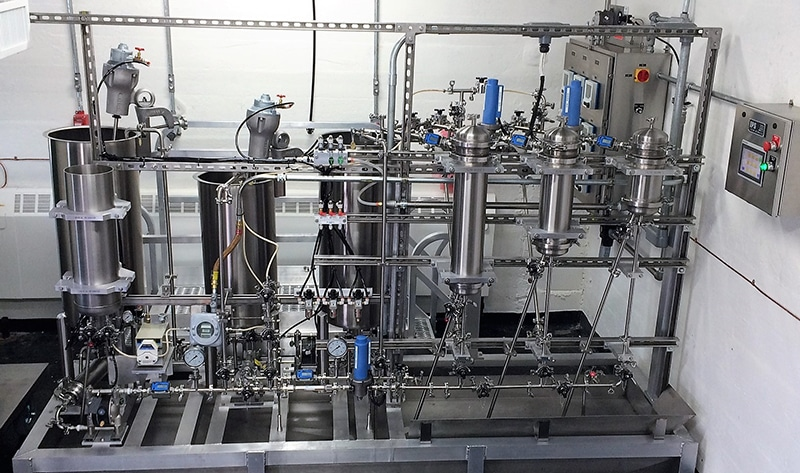Sizing lab waste neutralization and disposal

The Imperative of Responsible Lab Waste Management: A Deep Dive into Sizing Neutralization and Disposal Systems

The scientific community thrives on innovation, pushing the boundaries of knowledge through rigorous experimentation and analysis. This pursuit of discovery, however, inevitably generates a significant volume of waste, posing a complex challenge to laboratories across the globe. From chemical residues to biological samples, the diverse nature of lab waste demands a multifaceted approach to ensure its safe and responsible management. This article delves into the critical aspect of sizing lab waste neutralization and disposal systems, a crucial step in safeguarding public health, environmental integrity, and the sustainability of scientific endeavors.
The impact of improper lab waste management extends far beyond the confines of the laboratory. Uncontrolled disposal of hazardous materials can contaminate water sources, soil, and air, jeopardizing public health and ecological balance. The consequences can be severe, ranging from acute poisoning to long-term health effects, including cancer and birth defects. Moreover, the mishandling of infectious waste poses a significant risk of disease transmission, potentially triggering outbreaks and jeopardizing global health security.
The need for robust lab waste management systems is further underscored by the increasing complexity of scientific research. As laboratories delve deeper into cutting-edge fields like nanotechnology, biotechnology, and synthetic biology, the types and quantities of hazardous materials they generate are escalating. This necessitates a comprehensive understanding of the risks associated with each waste stream and the development of tailored solutions for their safe neutralization and disposal.
Beyond the immediate health and environmental risks, improper lab waste management can also have significant financial implications. Regulatory fines for non-compliance can be substantial, while the costs associated with environmental remediation and cleanup can be astronomical. Furthermore, the reputational damage caused by a major waste disposal incident can be irreparable, undermining public trust and hindering future research collaborations.
The challenge of managing lab waste effectively is not merely a matter of compliance with regulations. It is a fundamental responsibility of the scientific community to ensure that its activities are conducted in a manner that protects public health and the environment. This requires a shift in mindset, moving beyond the traditional view of waste as a mere byproduct of research to recognize its inherent potential for harm and the need for proactive measures to mitigate those risks.
This article aims to provide a comprehensive guide to sizing lab waste neutralization and disposal systems, addressing the critical considerations that underpin responsible lab waste management. By delving into the intricacies of waste characterization, regulatory frameworks, and best practices for system design, we aim to empower laboratory professionals with the knowledge and tools necessary to implement effective waste management strategies. This, in turn, will contribute to the advancement of scientific research while safeguarding public health and environmental integrity.
The journey towards responsible lab waste management begins with a thorough understanding of the waste generated within a laboratory. This involves identifying the types of hazardous materials used, their potential risks, and the quantities produced. This information forms the foundation for selecting appropriate neutralization and disposal methods, ensuring that the chosen system is capable of handling the specific waste streams generated by the laboratory.
The next crucial step involves navigating the complex regulatory landscape surrounding lab waste disposal. Each jurisdiction has its own set of regulations governing the handling, storage, transportation, and disposal of hazardous materials. Understanding these regulations is essential for ensuring compliance and avoiding costly fines. This includes familiarizing oneself with the specific requirements for different waste categories, such as chemical, biological, and radioactive waste, as well as the procedures for obtaining permits and licenses for waste disposal.
Once the waste characterization and regulatory requirements are established, the focus shifts to the design and sizing of the neutralization and disposal system. This involves selecting appropriate technologies for neutralizing hazardous materials, ensuring that the system is capable of handling the anticipated volume of waste, and considering the logistical aspects of waste transportation and disposal. The goal is to create a system that is both effective and efficient, minimizing the environmental impact and maximizing cost-effectiveness.
The sizing of lab waste neutralization and disposal systems is a complex process that requires careful consideration of multiple factors. This article will delve into the key considerations, providing practical guidance for laboratory professionals seeking to implement responsible waste management practices. By understanding the principles of waste characterization, regulatory compliance, and system design, laboratories can effectively manage their waste streams, contributing to a safer and more sustainable scientific landscape.
The importance of responsible lab waste management cannot be overstated. It is a critical component of ensuring the safety and well-being of laboratory personnel, the surrounding community, and the environment. By embracing a proactive approach to waste management, laboratories can contribute to a more sustainable future, fostering innovation while minimizing the risks associated with hazardous materials.
This article serves as a starting point for a deeper exploration of the complexities of lab waste neutralization and disposal. It provides a framework for understanding the key considerations involved in sizing these systems, empowering laboratory professionals to make informed decisions that prioritize safety, compliance, and sustainability.
The journey towards responsible lab waste management is a continuous process, requiring ongoing evaluation and adaptation to meet evolving scientific needs and regulatory requirements. By embracing a culture of responsible waste management, laboratories can contribute to a safer and more sustainable future, ensuring that the pursuit of scientific knowledge is conducted in a manner that protects public health and the environment.
Navigating the Complexities of Lab Waste Neutralization and Disposal: A Comprehensive Guide for Scientific Professionals
In the dynamic world of scientific research, laboratories are the epicenters of innovation, where groundbreaking discoveries are made and advancements in various fields are propelled. However, this pursuit of knowledge often generates a significant amount of waste, posing a unique set of challenges for researchers and institutions alike. From chemical residues to biological samples, the diverse nature of lab waste necessitates careful handling and disposal to ensure the safety of personnel, the environment, and the public at large. This comprehensive guide delves into the intricacies of lab waste neutralization and disposal, providing a roadmap for scientific professionals to navigate this complex landscape effectively.
Understanding the Scope of Lab Waste: A Multifaceted Challenge
Lab waste encompasses a wide spectrum of materials, each presenting its own set of hazards and requiring specific disposal protocols. The classification of lab waste is crucial for determining the appropriate neutralization and disposal methods. Common categories include:
- Chemical Waste: This category encompasses a vast array of chemicals, ranging from solvents and reagents to acids and bases. Chemical waste can be highly reactive, flammable, corrosive, or toxic, necessitating specialized handling and disposal procedures.
- Biological Waste: Biological waste includes materials contaminated with microorganisms, such as bacteria, viruses, and fungi. This type of waste poses a significant risk of infection and requires strict containment and disposal protocols to prevent the spread of pathogens.
- Radioactive Waste: Radioactive waste arises from experiments involving radioactive isotopes. This category requires specialized handling and disposal due to the potential for radiation exposure and environmental contamination.
- Sharps Waste: Sharps waste includes needles, syringes, and other sharp objects that can pose a significant risk of injury. Proper disposal of sharps waste is essential to prevent accidental punctures and the spread of infectious agents.
- Pharmaceutical Waste: Pharmaceutical waste consists of expired or unused medications, which can pose environmental and health risks if not disposed of properly. This category requires specific protocols to ensure safe and responsible disposal.
The Importance of Public Health Engineering in Lab Waste Management

Public health engineering plays a pivotal role in ensuring the safe and responsible management of lab waste. This discipline encompasses a wide range of principles and practices aimed at protecting public health by minimizing the risks associated with hazardous materials. In the context of lab waste, public health engineering principles guide the design and implementation of waste management systems, including:
- Waste Segregation and Collection: Public health engineering principles emphasize the importance of segregating different types of lab waste at the source to prevent cross-contamination and facilitate efficient disposal. This involves providing appropriate containers and labeling systems for each waste category.
- Waste Neutralization and Treatment: Public health engineering plays a crucial role in developing and implementing effective neutralization and treatment methods for hazardous lab waste. This may involve chemical reactions, physical processes, or biological treatments to render the waste less hazardous before disposal.
- Waste Transportation and Disposal: Public health engineering principles guide the safe transportation and disposal of lab waste, ensuring compliance with regulatory requirements and minimizing the risk of accidents or environmental contamination. This involves using specialized containers, vehicles, and disposal facilities.
- Risk Assessment and Mitigation: Public health engineering emphasizes the importance of conducting thorough risk assessments to identify potential hazards associated with lab waste and developing appropriate mitigation strategies. This includes evaluating the potential for exposure, environmental contamination, and public health risks.
Navigating the Regulatory Landscape: A Complex Web of Requirements
The disposal of lab waste is subject to a complex web of regulations, both at the national and local levels. These regulations are designed to protect public health and the environment by ensuring the safe and responsible management of hazardous materials. Key regulatory considerations include:
- Environmental Protection Agency (EPA): The EPA sets national standards for the disposal of hazardous waste, including lab waste. These standards cover a wide range of aspects, including waste identification, storage, transportation, and disposal.
- Occupational Safety and Health Administration (OSHA): OSHA sets standards for workplace safety, including the handling and disposal of hazardous materials. These standards aim to protect workers from exposure to hazardous substances and ensure safe working conditions.
- State and Local Regulations: Many states and local jurisdictions have their own regulations governing the disposal of lab waste, which may be more stringent than federal regulations. It is essential to comply with all applicable state and local requirements.
- International Regulations: For institutions involved in international research collaborations, it is crucial to comply with relevant international regulations governing the transport and disposal of hazardous materials.
The Role of Technology in Lab Waste Management: Innovations for a Safer Future
Technological advancements have revolutionized lab waste management, offering innovative solutions to address the challenges associated with hazardous materials. These technologies play a crucial role in enhancing safety, efficiency, and environmental sustainability:
- Waste Tracking and Management Systems: Advanced software solutions enable institutions to track the generation, storage, and disposal of lab waste, providing real-time data for informed decision-making. These systems help ensure compliance with regulations, optimize waste management practices, and minimize environmental impact.
- Automated Waste Neutralization Systems: Automated systems for neutralizing hazardous waste offer significant advantages in terms of safety, efficiency, and consistency. These systems can handle a wide range of waste types, reducing the risk of human error and ensuring proper neutralization before disposal.
- On-Site Waste Treatment Technologies: Emerging technologies enable on-site treatment of hazardous waste, reducing the need for transportation and disposal at off-site facilities. These technologies offer significant environmental benefits by minimizing the generation of secondary waste and reducing the risk of accidents during transportation.
- Waste Reduction Strategies: Technological innovations are driving the development of waste reduction strategies, such as the use of reusable lab equipment, alternative reagents, and greener chemistry practices. These strategies minimize the generation of hazardous waste in the first place, reducing the burden on waste management systems.
The Importance of Training and Education: Empowering Lab Personnel
Effective lab waste management requires a comprehensive approach that encompasses not only technological solutions but also robust training and education programs for lab personnel. These programs are essential for ensuring that all staff members are equipped with the knowledge and skills necessary to handle and dispose of hazardous materials safely and responsibly.
- Hazard Communication Training: Training programs should cover the hazards associated with different types of lab waste, including chemical, biological, and radioactive materials. This training should emphasize the importance of proper labeling, storage, and handling procedures.
- Waste Segregation and Collection Training: Lab personnel should be trained on the proper procedures for segregating and collecting different types of lab waste, ensuring that materials are disposed of in the appropriate containers and following established protocols.
- Emergency Response Training: Training programs should include emergency response procedures for spills, accidents, and other incidents involving hazardous materials. This training should cover the use of personal protective equipment, spill containment procedures, and emergency contact information.
- Waste Neutralization and Treatment Training: Lab personnel involved in waste neutralization and treatment should receive specialized training on the procedures and equipment used for these processes. This training should emphasize safety protocols, proper handling of chemicals, and environmental considerations.
The Economic Impact of Lab Waste Management: Balancing Costs and Sustainability
Effective lab waste management is not only a matter of safety and environmental responsibility but also a significant economic consideration. The costs associated with lab waste management can be substantial, including the purchase of containers, disposal fees, and the cost of training and compliance. However, neglecting proper waste management can lead to even greater costs, such as fines for non-compliance, environmental remediation, and potential legal liabilities.
- Cost-Effective Waste Management Practices: Institutions can implement cost-effective waste management practices by optimizing waste segregation, reducing waste generation, and negotiating favorable disposal contracts. This involves exploring alternative disposal options, such as recycling and reuse, and implementing waste reduction strategies.
- Investing in Technology: Investing in advanced waste management technologies, such as automated neutralization systems and waste tracking software, can lead to significant cost savings in the long run by improving efficiency, reducing waste generation, and minimizing the risk of accidents.
- Compliance and Risk Mitigation: Compliance with regulations is essential to avoid fines and legal liabilities. Investing in training and education programs for lab personnel can help ensure compliance and minimize the risk of accidents and environmental contamination.
- Sustainability and Corporate Social Responsibility: Implementing sustainable waste management practices can enhance an institution's reputation and contribute to its corporate social responsibility goals. This can attract funding, partnerships, and talent, ultimately benefiting the institution's long-term success.
The Future of Lab Waste Management: Embracing Innovation and Sustainability
The future of lab waste management lies in embracing innovation and sustainability. This involves exploring new technologies, implementing best practices, and fostering a culture of responsibility among lab personnel. Key areas of focus include:
- Advancements in Waste Neutralization and Treatment: Continued research and development in waste neutralization and treatment technologies will lead to more efficient, safer, and environmentally friendly solutions. This includes exploring alternative methods for neutralizing hazardous waste, such as bioremediation and advanced oxidation processes.
- Waste Reduction and Reuse Strategies: Implementing waste reduction strategies, such as the use of reusable lab equipment, alternative reagents, and greener chemistry practices, will play a crucial role in minimizing the generation of hazardous waste. This involves promoting a culture of sustainability within laboratories and encouraging researchers to adopt environmentally friendly practices.
- Data-Driven Decision-Making: Utilizing data analytics and waste tracking systems will enable institutions to make informed decisions about waste management practices, optimize resource allocation, and identify areas for improvement. This will lead to more efficient and effective waste management systems.
- Collaboration and Partnerships: Collaboration between research institutions, waste management companies, and regulatory agencies is essential for developing innovative solutions and promoting best practices in lab waste management. This involves sharing knowledge, resources, and expertise to address the challenges associated with hazardous materials.
In conclusion, navigating the complexities of lab waste neutralization and disposal requires a comprehensive approach that encompasses regulatory compliance, technological innovation, and a strong commitment to safety and sustainability. By embracing these principles, scientific professionals can ensure the safe and responsible management of hazardous materials, protecting the health of personnel, the environment, and the public at large. As research continues to advance, the importance of effective lab waste management will only grow, making it a critical aspect of responsible scientific practice.
Navigating the Labyrinth: A Practical Guide to Lab Waste Management
The journey of lab waste management is a complex one, fraught with regulations, safety concerns, and the ever-present need for responsible disposal. This article has delved into the intricacies of sizing lab waste neutralization and disposal systems, highlighting the critical role they play in ensuring a safe and compliant laboratory environment. We've explored the factors that influence system sizing, the importance of proper waste characterization, and the diverse range of technologies available to address specific waste streams.
The key takeaway is that a one-size-fits-all approach to lab waste management is simply not feasible. Each laboratory, with its unique research activities and waste generation patterns, requires a tailored solution. This necessitates a comprehensive assessment of waste types, volumes, and potential hazards, followed by the selection of a system that effectively neutralizes and disposes of these wastes while adhering to all relevant regulations.
While this article has provided a robust framework for understanding the complexities of lab waste management, it's crucial to remember that this is an ongoing process. As research evolves and new technologies emerge, so too will the landscape of lab waste management. Staying abreast of the latest regulations, best practices, and technological advancements is essential for maintaining a safe and compliant laboratory environment.
The Role of Public Health Engineering in Lab Waste Management
Public Health Engineering plays a pivotal role in ensuring the safe and responsible management of lab waste. This discipline encompasses a wide range of expertise, including waste characterization, treatment technologies, and environmental impact assessment. By applying these principles, Public Health Engineers contribute significantly to the development of sustainable and environmentally friendly lab waste management practices.
Their expertise is particularly crucial in the design and implementation of waste neutralization and disposal systems. Public Health Engineers can assess the potential risks associated with different waste streams, recommend appropriate treatment methods, and ensure that the chosen system complies with all relevant environmental regulations. Their involvement is essential for minimizing the environmental impact of lab waste and safeguarding public health.
IT Tech: Your Partner in Lab Waste Management
IT Tech understands the challenges faced by laboratories in managing their waste effectively. We offer a comprehensive range of products and services designed to simplify and streamline this process, ensuring compliance and safety at every step. Our portfolio includes:
- Lab Consumables: A wide selection of high-quality consumables, including waste containers, neutralization agents, and safety equipment, tailored to meet the specific needs of your laboratory.
- Waste Neutralization Systems: Advanced systems designed to neutralize a variety of hazardous wastes, ensuring safe and compliant disposal.
- Waste Disposal Services: Expert disposal services for all types of lab waste, including collection, transportation, and proper disposal in accordance with all relevant regulations.
- Technical Expertise: Our team of experienced professionals provides comprehensive support and guidance on all aspects of lab waste management, from waste characterization to system selection and implementation.
We are committed to providing our clients with the best possible solutions for their lab waste management needs. Our focus on quality, safety, and compliance ensures that your laboratory operates efficiently and responsibly, minimizing environmental impact and safeguarding public health.
Take the Next Step: Contact IT Tech Today
Don't let lab waste management become a burden. Contact IT Tech today to discuss your specific needs and explore our comprehensive range of products and services. Our team of experts is ready to provide you with the guidance and support you need to navigate the complexities of lab waste management and ensure a safe and compliant laboratory environment.
Submit an enquiry through our website or contact us directly. We look forward to partnering with you to create a sustainable and responsible lab waste management solution for your facility.
Products You may Like
Check out other IT- Tech product that suit your taste
Subscribe to our newsletter
Stay updated with IT-Tech Insights
Related posts
Check out other IT- Tech Scientific Resources


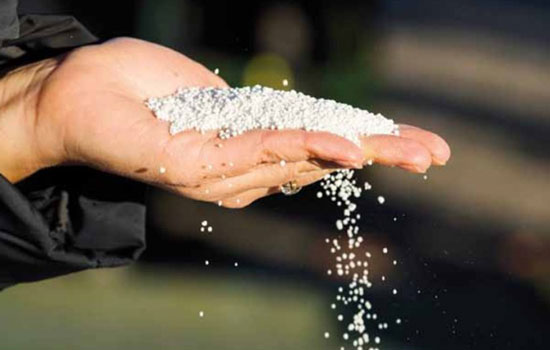
.png)












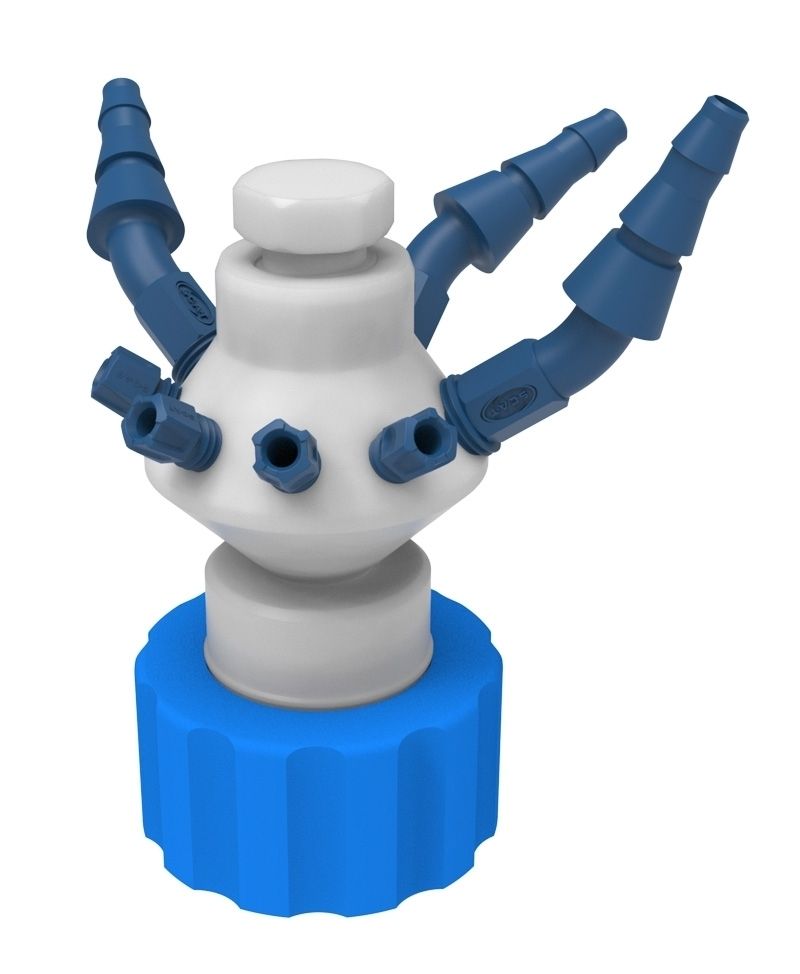


%20Standard.webp)


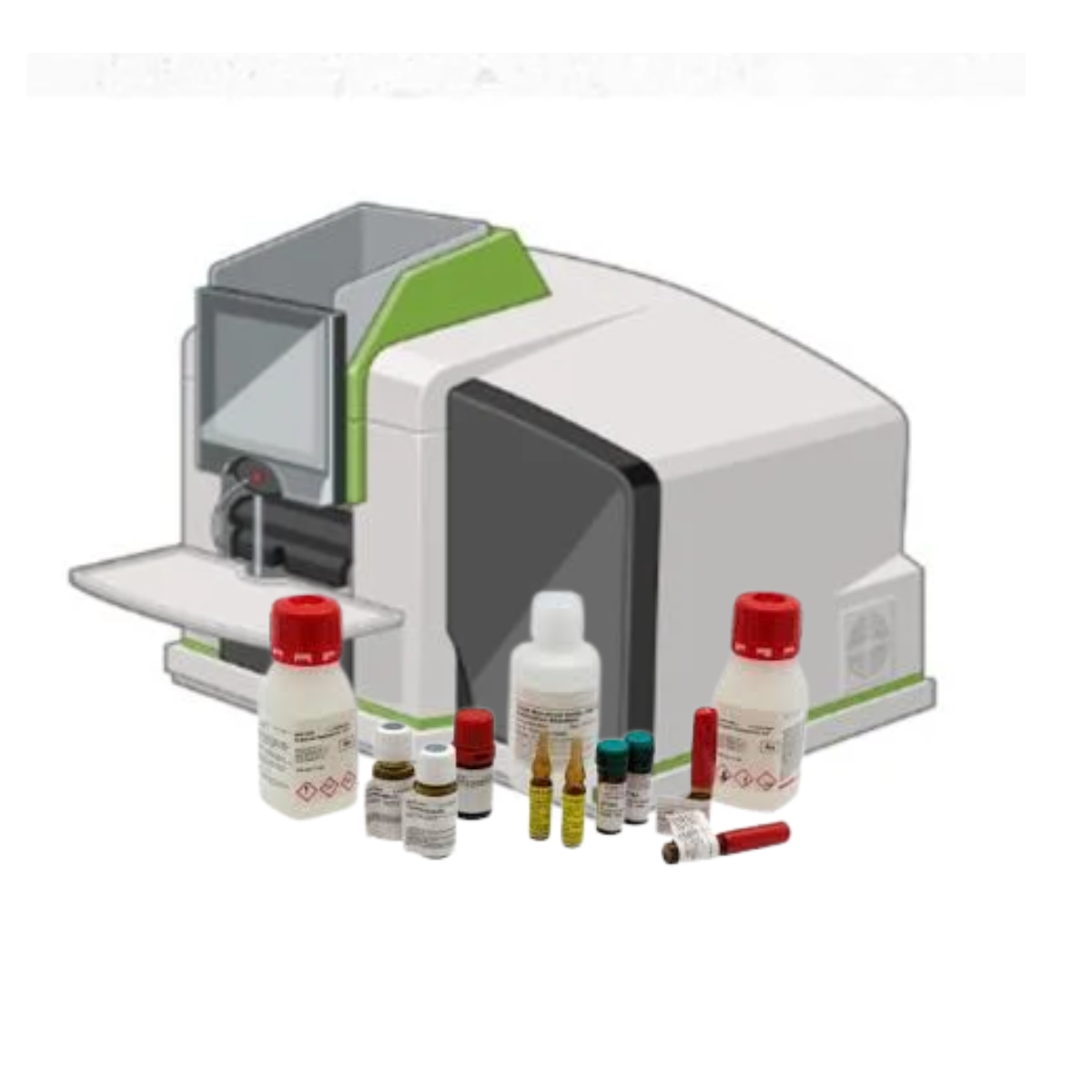


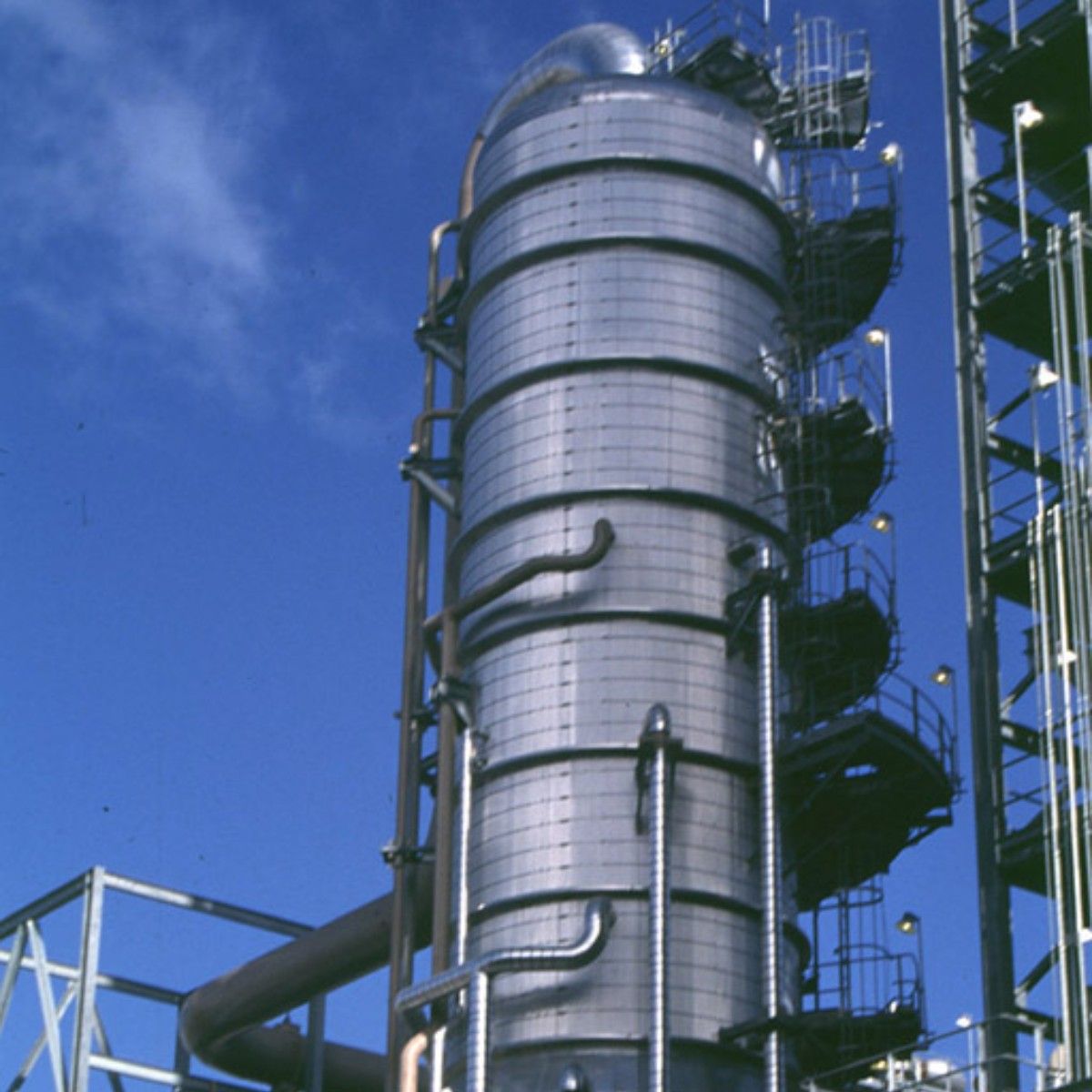
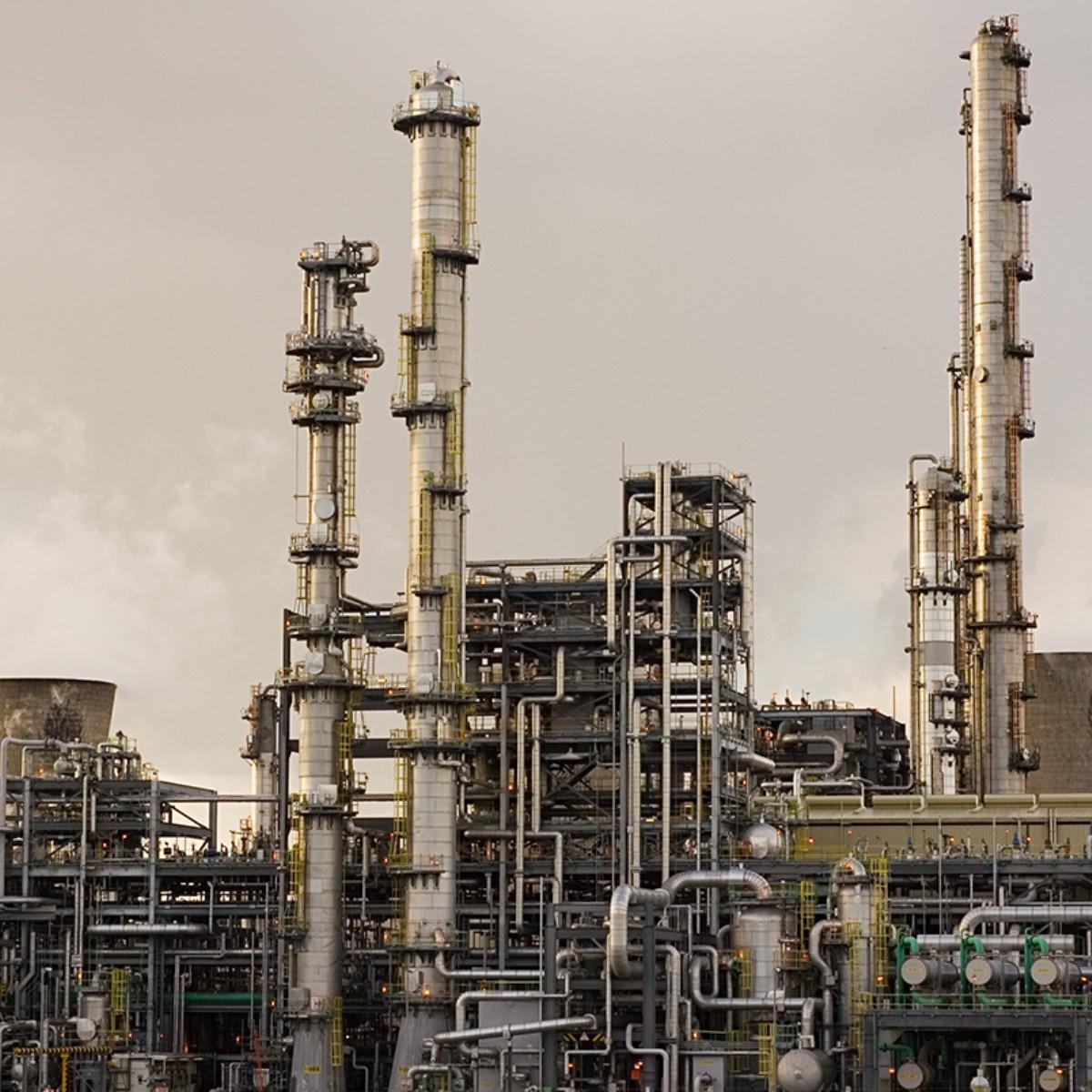




%20%26%20Metabolites%20Standard.jpeg)
%20Standards.png)









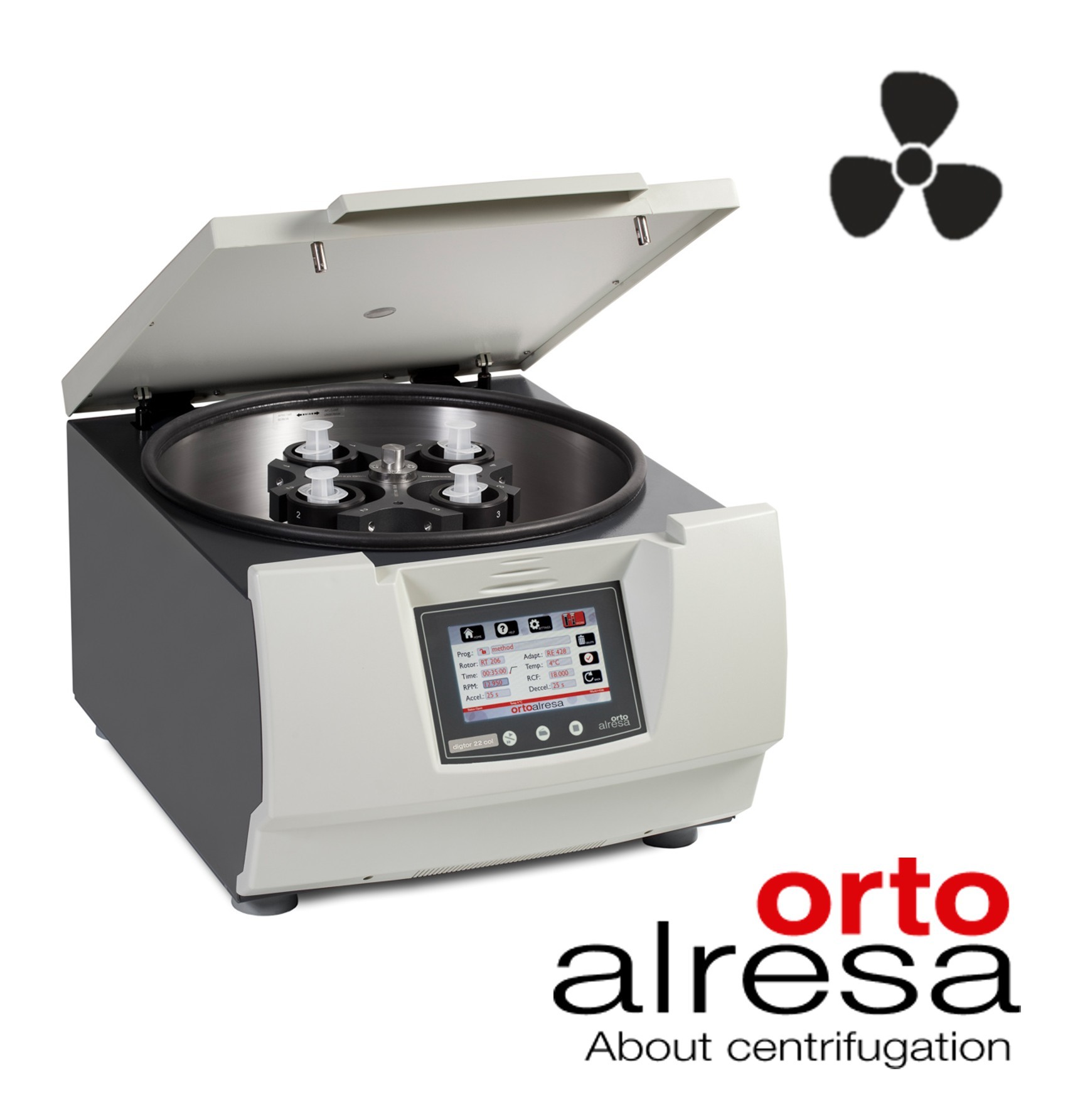

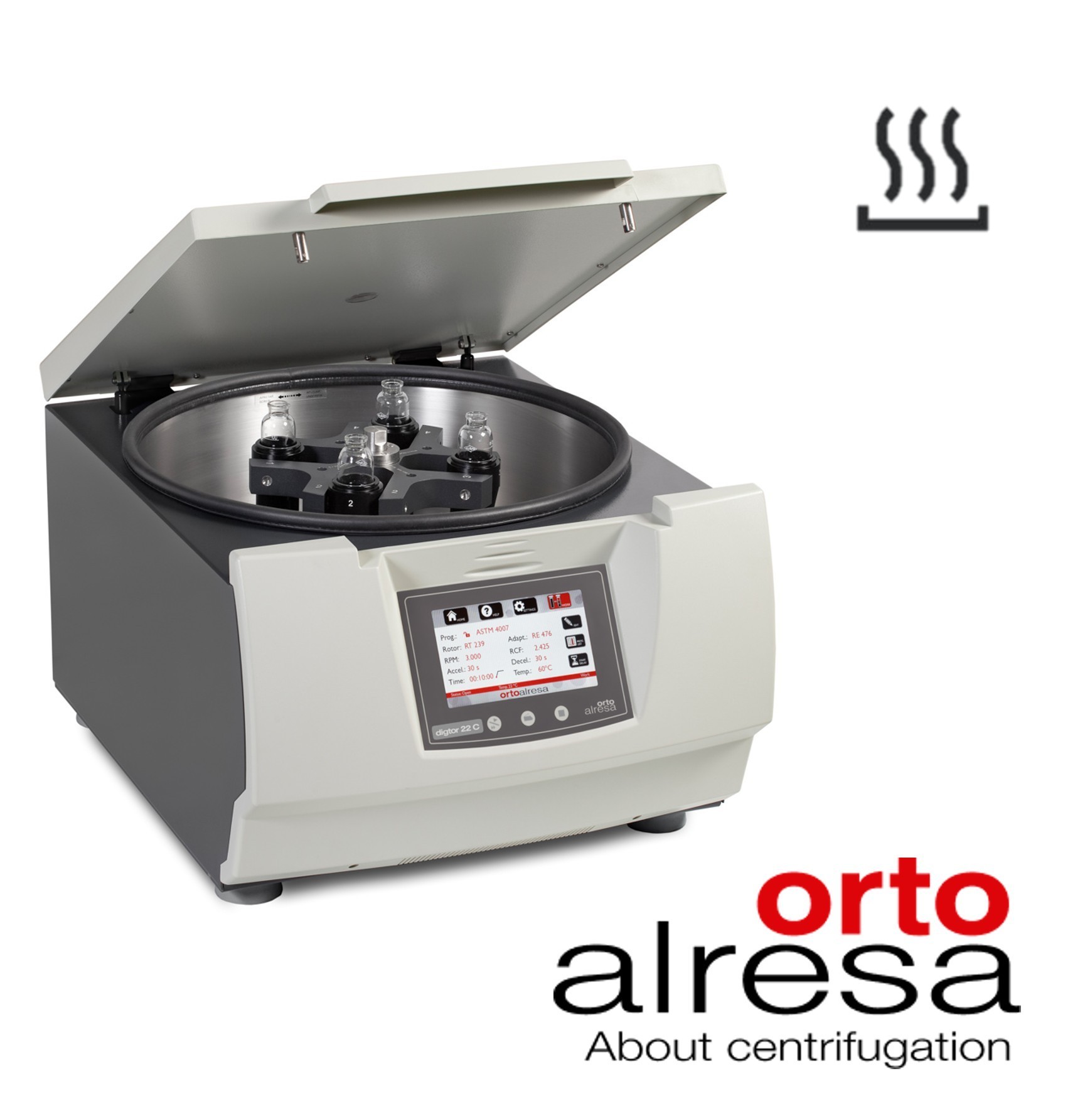
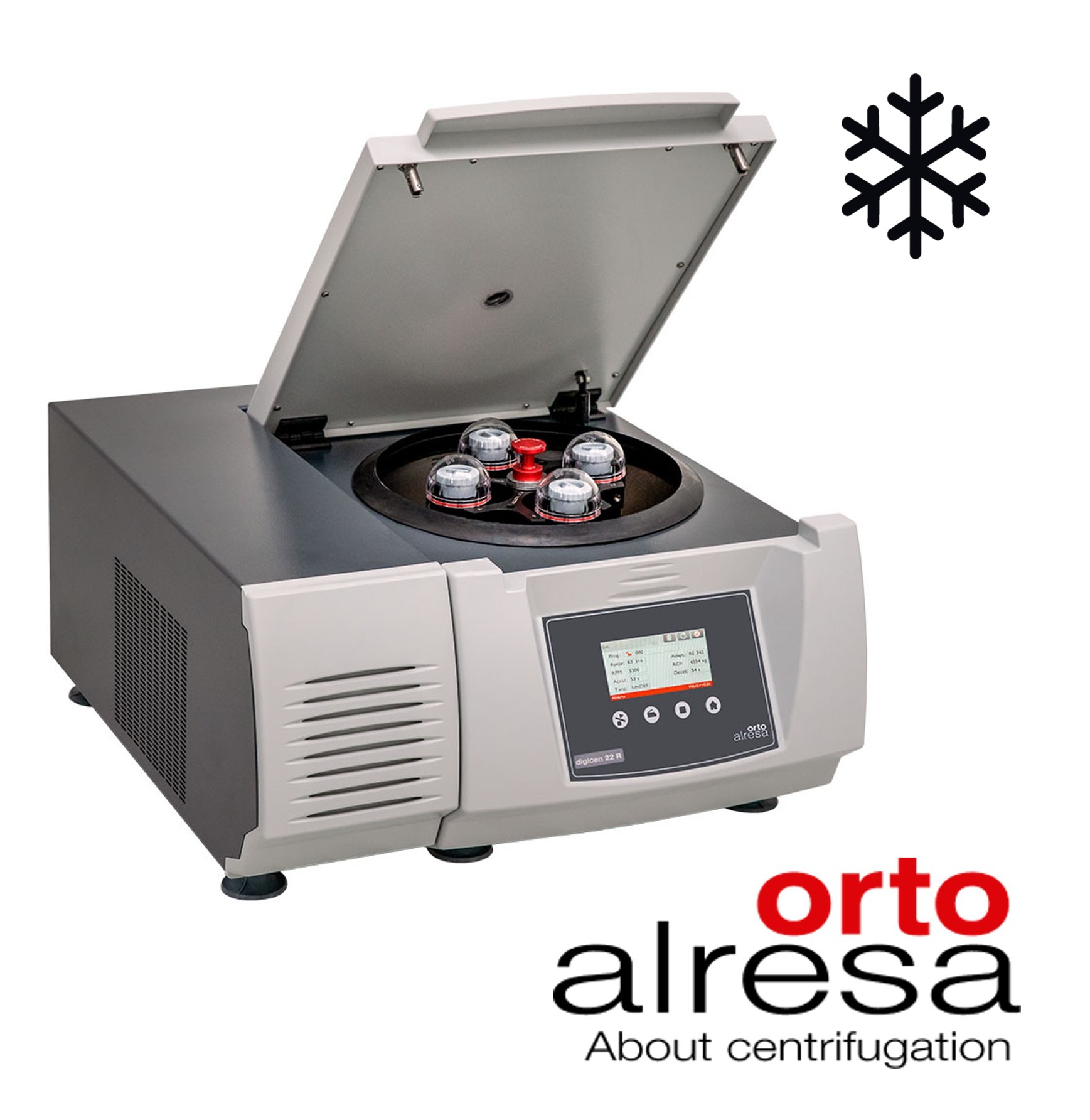



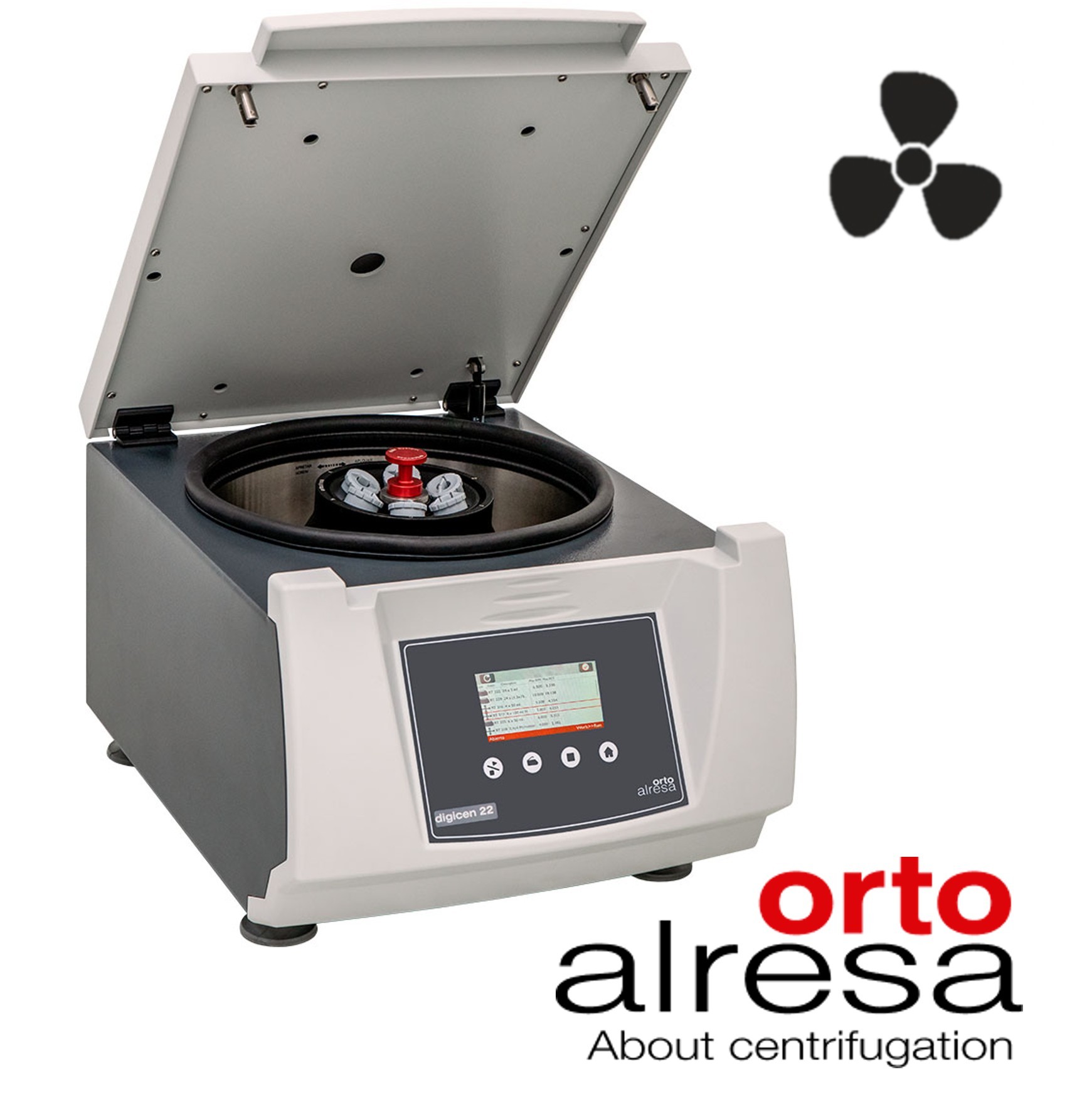
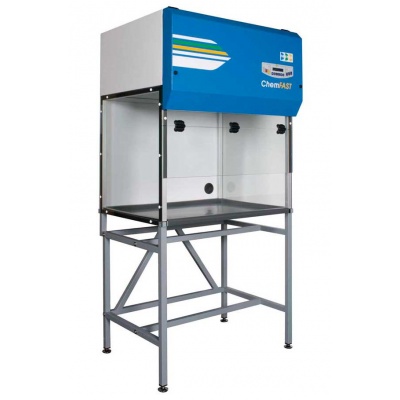

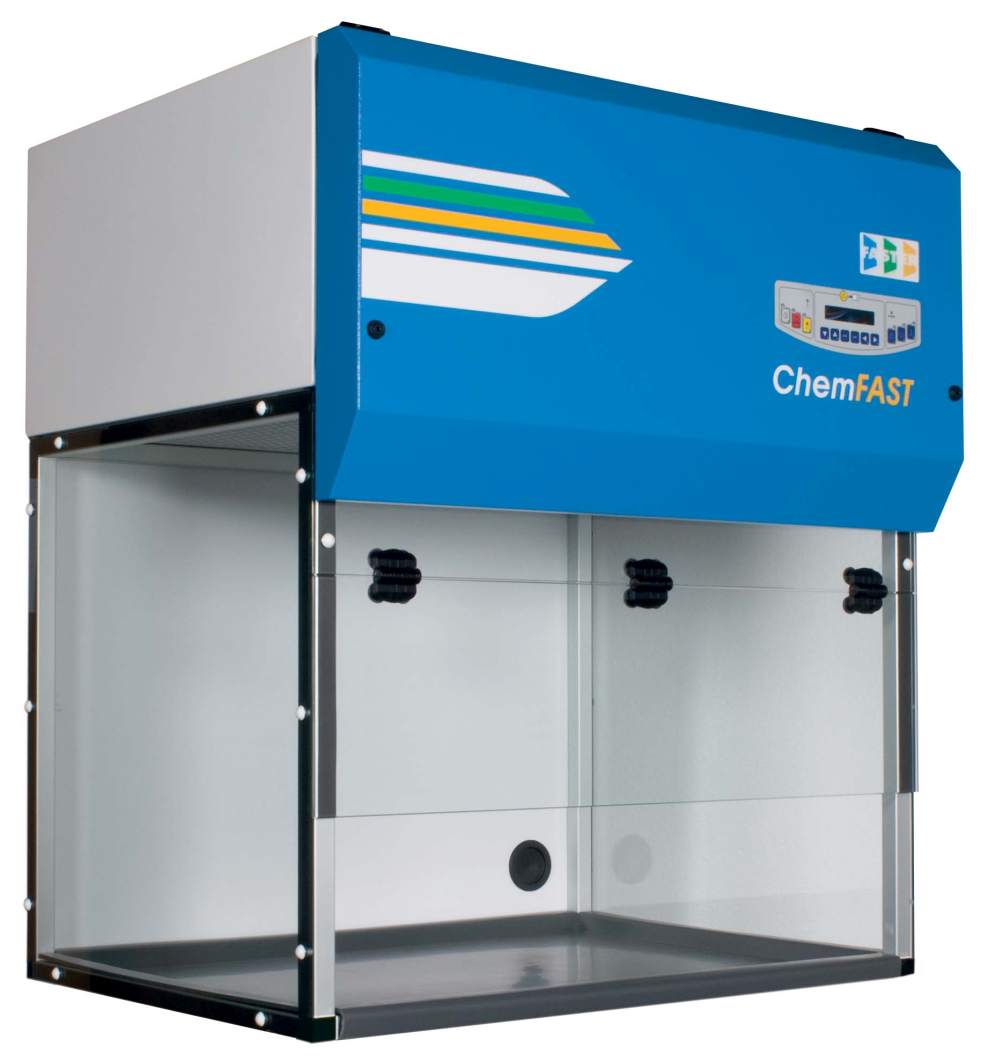





















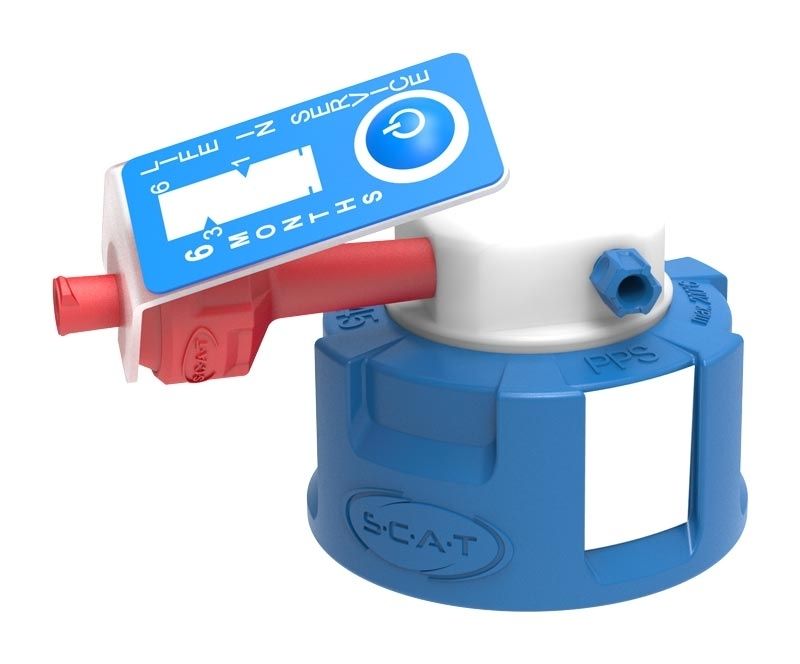


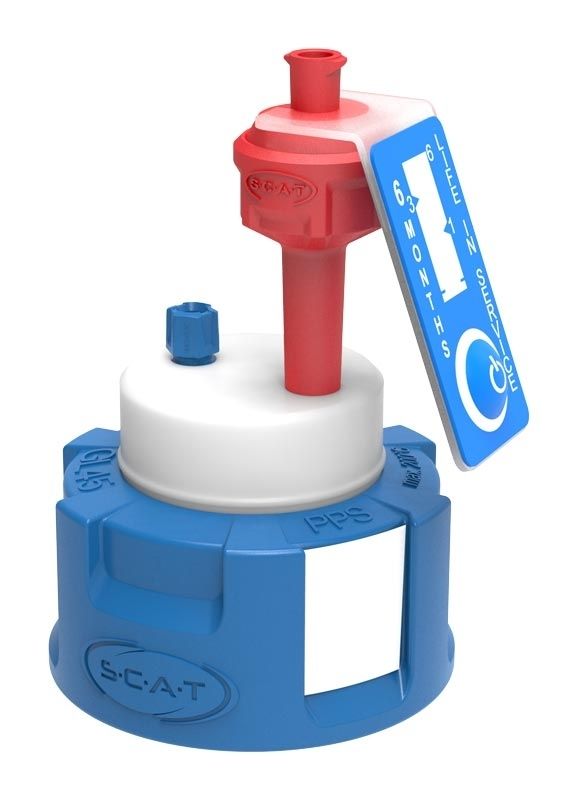






.png)

